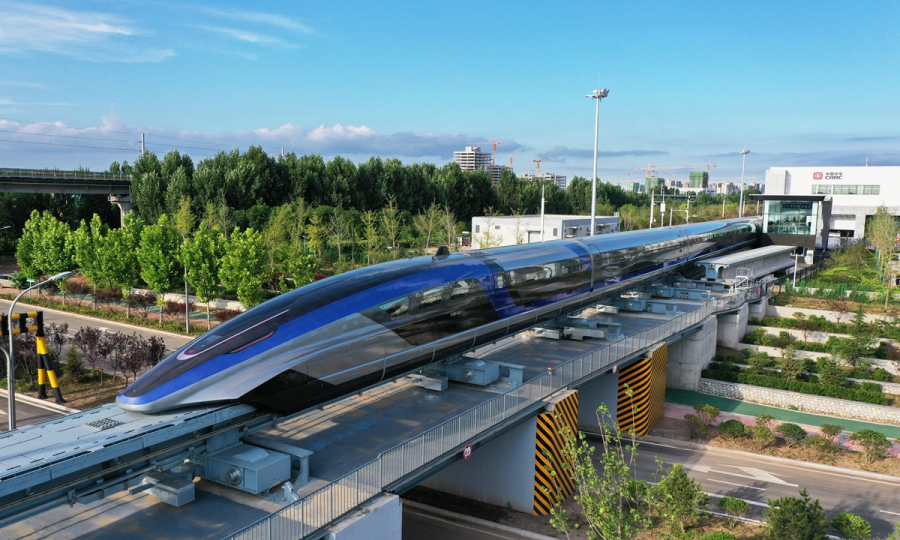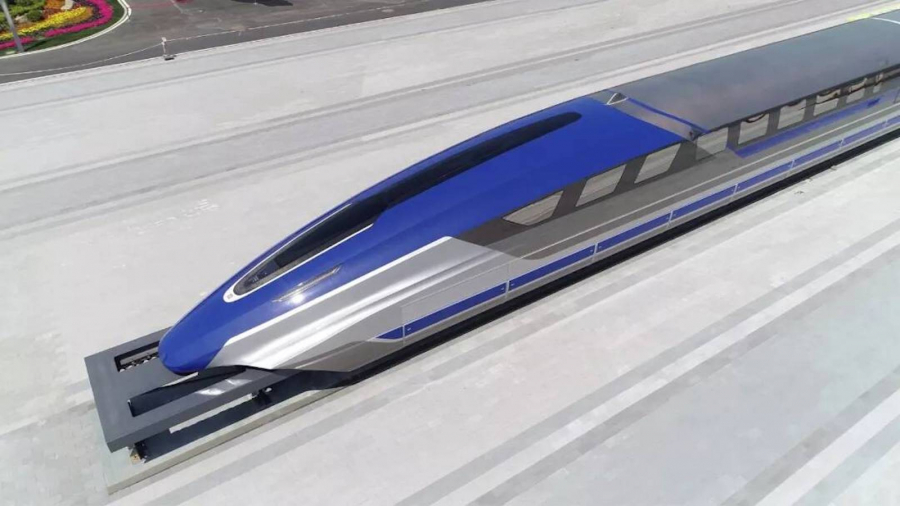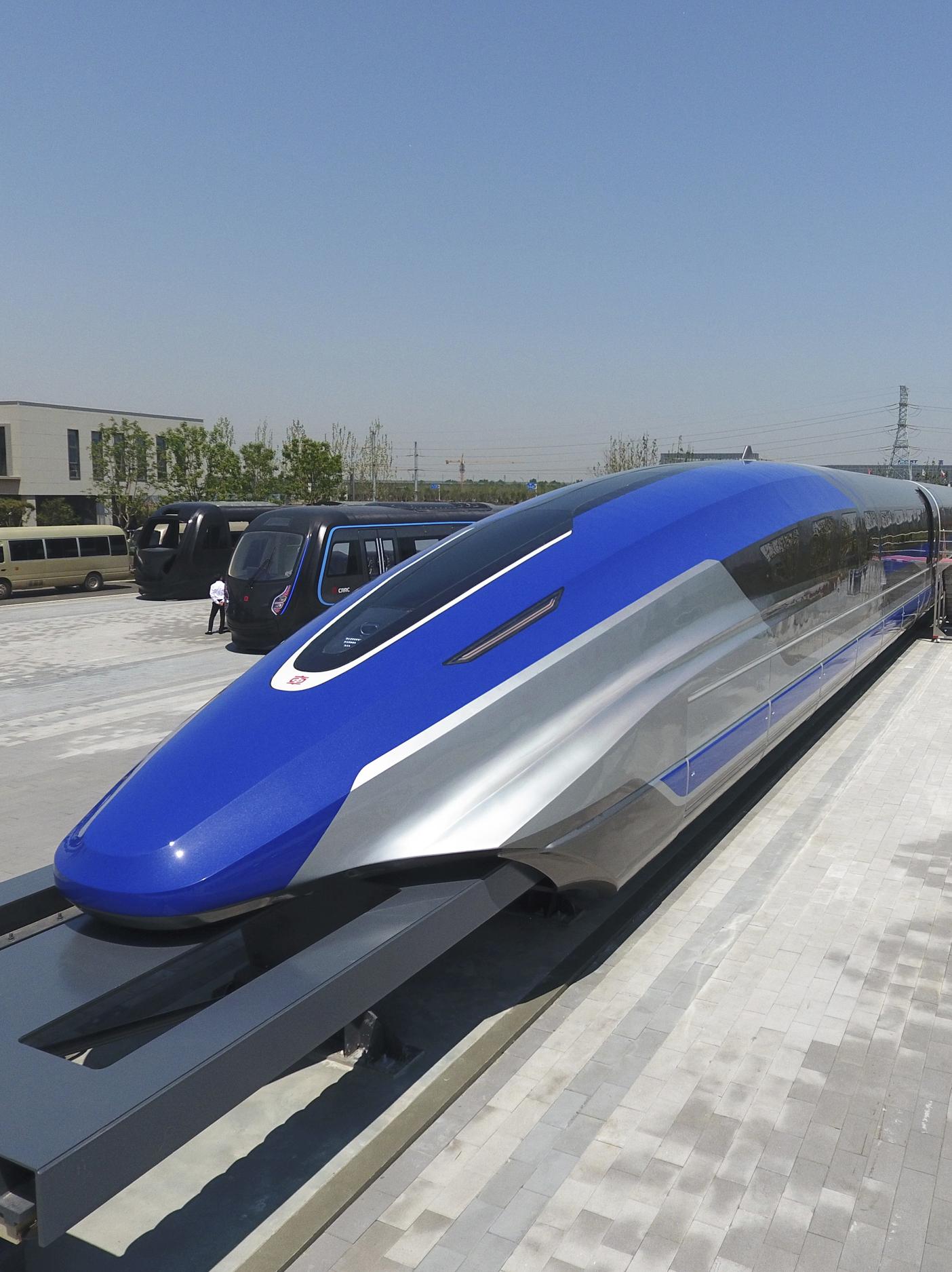Sharing with the media, Mr. Liang Jianying, Deputy General Manager and Chief Engineer of CRRC Sifang, said that the train's noise pollution level is low and also requires less maintenance than other high-speed trains.
A prototype of the train was launched in 2019. That same year, China announced ambitious plans to build a “three-hour transport circle” between three of its major cities.

The maglev (magnetic levitation) system allows the train to reach faster speeds and run smoother than trains that use wheels.
High-speed rail is now a top priority for the Chinese government, aiming to connect more major cities, reducing travel time and costs in the world's most populous country.
Currently, the average speed of high-speed trains in China is about 350 km/h, while the speed of airplanes is 800-900 km/h. Maglev trains are a reasonable choice in between.

However, one obstacle preventing maglev trains from being ready for passenger service is the limited maglev track network. Currently, China has only one maglev track in commercial operation, connecting Pudong International Airport to Longyang Road Station (Shanghai). This 30 km journey takes only 7.5 minutes at a speed of 430 km/h.
Currently, several maglev rail lines are under construction in China, including the Shanghai-Hangzhou line and the Chengdu-Chongqing line.






























